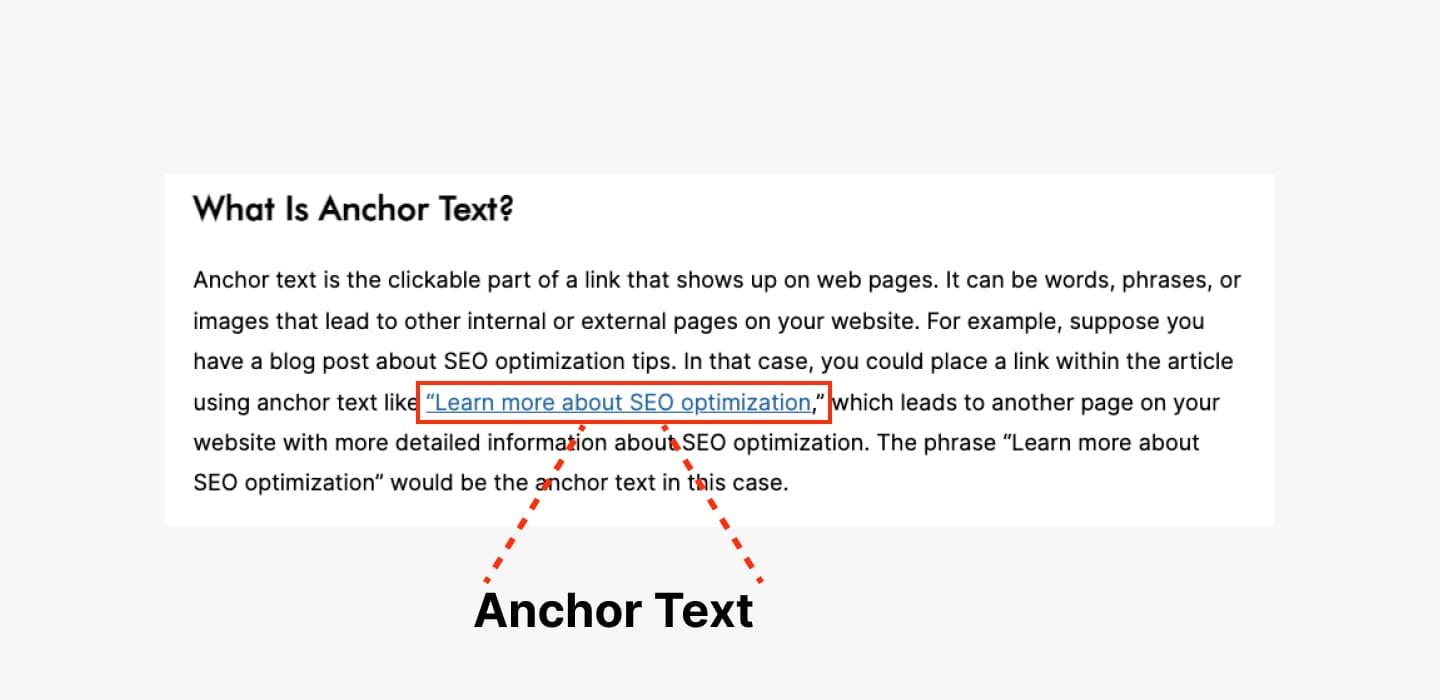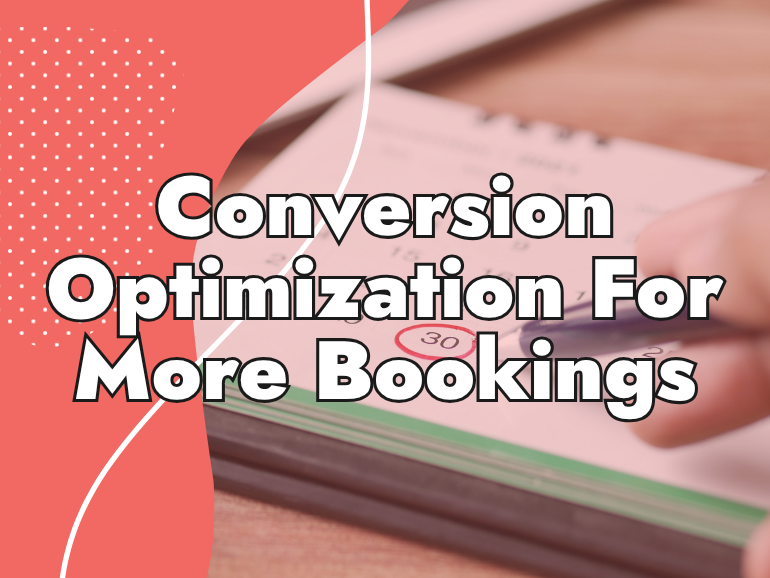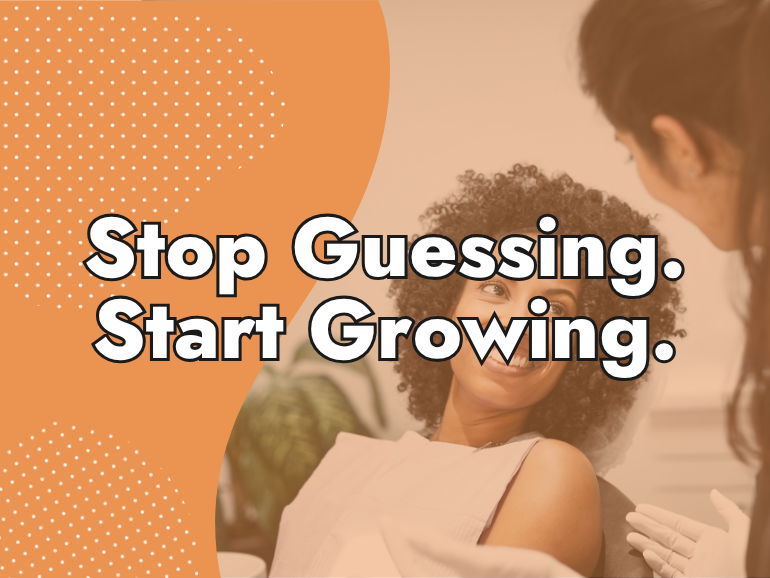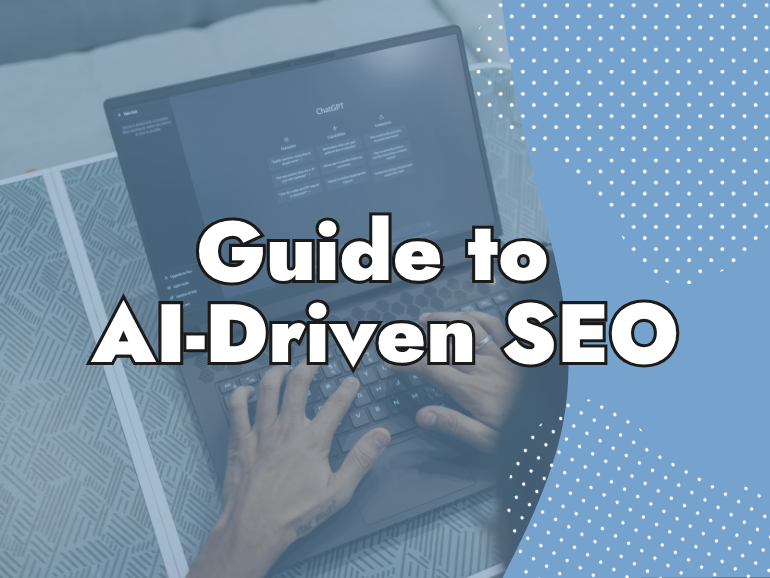Guide to Internal Linking for SEO
Internal linking is one of the easiest and most effective ways to strengthen your website’s SEO. In this article, you’ll learn how to strategically connect your pages, improve user experience, and help search engines better understand and rank your content.
Written by Keiran Griffiths
Last updated June 16, 2025 • First published November 22, 2024

How Important Are Internal Links for SEO?
Internal Links are an important aspect of SEO, but one that is often overlooked.
Content is king with SEO, but if you want your content to rank, you will need an effective internal linking strategy. High-quality content will not be enough. You have to make sure Google can find all your web pages. With the proper internal links in place, you can drive more traffic to your site.
With all the technological advancements and innovations, the digital space has become a norm today. Businesses now rely on websites, social media networks, and other online platforms to build their brand and attract customers. Marketing has likewise evolved into a more complex practice now that digital marketing has emerged. Search engine optimization (SEO) is still an important practice. However, to allow your business to gain more online visibility and improve your search rankings, you need a good internal link structure as well.
Understanding how internal linking works can be beneficial for SEO. Get to know more about improving your strategy to ensure your content will reach your target audience. Now, more than ever, you need to look back at your marketing practices to see if they are working effectively. Without a good internal link structure, you are missing out on huge opportunities to get more returns!

What are Internal Links?
Before anything else, you may be wondering: what is internal linking? Backlinks may sound more familiar to you since they are important to improve your search ranks, but internal links are just as important for ranking. As the term implies, internal linking refers to links that point to another page on your website. You are essentially connecting pages on the same domain to help users navigate your site and find your content.
Some of the common internal links include those that direct to the main site navigation or specific categories in your menu. Contextual links are those that point to related content, which can help search engines gauge the value of the content. The number of links that point to a specific page will help search engines determine the importance of that page. Thus, having a quality internal link structure is essential to expand your online reach.
LIKE WHAT YOU’RE READING?
If these articles are helpful,
imagine what our team
can do for you!


More Traffic. Leads. Business.
I want to show you how SEO can grow your business in ways you haven’t seen before.
More Traffic. Leads. Growth.

I want to show you how SEO can grow your business in ways you haven’t seen before.

Why is Internal Linking Important?
Internal Linking can be one of the trickiest strategies in SEO, but when done right, you can expect several benefits, including:
1. Improves Usability
Internal links are commonly utilized for navigation purposes, which can affect the user experience and, subsequently, your site traffic. Adding internal linking into the main navigation pane is a must to help users browse through different pages. However, you must not limit yourself to this, as you can also add links pointing to pages deeper into your site to keep users engaged and maintain their interest.
Your internal linking strategy will be critical in the awareness stage of the customer journey. Your goal is to make your site compelling enough to attract visitors and then convince them to click on a link directing them to pages that are not found in the main navigation. While adding call-to-actions (CTAs) is important in your articles, you must also link to other related articles to boost SEO efforts.
2. Increases Time Spent on Site
An effective internal link structure will keep users on your site for a longer time and decrease bounce rates. By offering valuable content that can hook your audience and get their attention, you can prevent users from leaving your website after looking at one page. Your bounce rate can affect your search rankings, so reviewing the quality of your content and adding links can help reduce it.
3. Aids in Crawling and Indexing
Similar to how internal links can help map out a customer’s path in navigating your site, they can guide Google bots in indexing pages. A strong link building strategy will ensure that the bots will reach pages that are nestled deeper within your site, so these pages can rank higher and get more exposure.
4. Spreads Link Juice
Link juice is a colloquial SEO term that refers to a ranking factor based on the value passed from one page to another through links. By using your established content pages to link to newer pages, you can increase your site’s SEO value and help the new pages rank higher. By spreading the link juice to more parts of your site, you can ensure that the inner pages are just as popular as your main homepage.
5. Establishes a Hierarchy
Having a clear structure in your website can help visitors understand how to navigate your site and find the information they need. Internal Linking can be done to create a hierarchy of information to guide users through various pages. For example, you can create categories and subcategories, so readers can better understand what pages to view first and the like.
Understanding Link Equity
When learning about internal links, one of the important concepts to understand is link equity, also referred to as link juice. Link equity is the idea of using links to pass value from one page or site to another. PageRank was one of the first algorithmic factors that Google introduced to rank pages based on a site’s backlink strategy. However, today, the process has become much more complex as Google also uses several other factors to determine search ranks. These factors include the topic’s relevance, the linked page’s HTTP status, and others.
You can think of link equity as “ranking power” that passes from page to page through links. For example, if you have an authoritative and high-ranking page that links to a newer page, the smaller page will receive some authority from the linked page. This can then boost your chances of ranking for that page.
Every time you link to another page and that page gets an SEO boost, the link is counted as a “point.” Google accumulates these points and observes how many internal links point to a specific page since this will affect their ranking. The points are essentially the same as the “link juice,” which boosts the pages. If a link counts as a point, it is called a follow link. Otherwise, it is counted as a no-follow link.
Managing link equity can help you build domain authority,(choose more up-to-date articles) which makes your site more trustworthy and established. Naturally, established sites get higher ranks and are likely to attract more visitors since they are seen as credible.
Building an Internal Link Strategy
Now that you have the answer to what is internal linking, you may be wondering about the strategies needed to implement it. To build an effective internal link strategy, you can check out some of the best SEO practices to maximize the benefits:
1. Use Anchor Text
Anchor text refers to the text that contains the hyperlink to visit other pages. Using descriptive anchor text is important to give readers a better idea of what to expect from clicking the link. However, you need not overthink this and simply use a fragment from a sentence to add your link. Keep it natural, and do not optimize the anchor text since you want to make sure users feel inclined to click the link.

2. Link Deep
If your site contains a main navigation panel, then you can explore link opportunities found deeper in your site structure. Generally, you want to avoid linking to pages that are already in the top levels of your site, especially to your homepage or contact page. Try to dig deep and look for internal links that will create the most natural flow for your content and articles.
3. Use Relevant and Natural Links
Internal Linking may seem to be less challenging than natural link building since you already have the links in your arsenal. However, the truth is that it is not as easy as it sounds since you still have to be strategic about selection and placement. You must not add internal linking for the sake of having links since you have to make sure they are relevant.
Additionally, make sure your links are natural. Your goal is to make users see just how valuable it will be to click a link that they will stop reading to visit the other page. By keeping the links relevant to match your content, you can boost user engagement and improve your SEO value.
4. Use Follow Links
Follow links are effective in building a clear internal link structure and allowing link value to flow through various pages. Some strategies involve using more no-follow links to concentrate all the link juice on one page. However, doing this can limit your results and prevent you from maximizing the potential of your entire website. Rather than using this tactic, it is best to maintain a smooth flow and allow the link juice to spread.
5. Create Content
Naturally, for you to build out your internal linking structure, you will need to have many internal pages. As such, Internal Linking will always go hand-in-hand with content marketing, regardless of your goals or objectives. Creating lots of content will allow you to have more internal links, which can then improve your SEO efforts. As always, you must ensure that your content is value-adding and informative since this will get users to come back to your site to read more.
6. Use a Reasonable Number of Links
As mentioned, the more links a page gets, the more important it is perceived to be. However, even so, you must still maintain a reasonable number of links on your website. While there is no fixed number to define what is considered reasonable, some suggest 100 links to be ideal. This includes every link in your site, so you also count headers, footers, navigation panels, and the like.
In terms of articles, less than 10 is typically reasonable, provided that you have over 1,000 words. However, again, there is no hard rule to determine the right number of links since the most important part is delivering value to your users. As a rule, links at the top of the pages tend to hold more SEO value, so try to put the most important ones there.
Think Internal Linking Could Help Your Website?
Internal links might seem like a small part of your SEO strategy, but their impact is enormous. By connecting your content with a purpose, you guide both users and search engines to the heart of your website’s value.
Remember, every link is a thread that strengthens the fabric of your online presence. Start weaving your web today—because in the world of SEO, an effective internal linking strategy can make all the difference.
Need expert advice to boost your internal linking game?
Please call our SEO experts here at 1st on the List at 1-888-262-6687. and let’s create a strategy tailored to your success!
Internal Linking FAQ
What is internal linking in SEO?
Internal linking refers to the practice of adding hyperlinks within your website that point to other pages on the same domain. These links help users navigate your site and signal to search engines which pages are most important.
Why is internal linking important for SEO?
Internal linking improves usability, increases time spent on your site, aids in crawling and indexing, spreads link equity (link juice), and establishes a hierarchy of information. Together, these benefits enhance user experience and boost your search rankings.
How many internal links should I include in a blog post?
There’s no hard rule, but for blog posts over 1,000 words, three to four links are generally recommended. Ensure the links are relevant, and natural, and add value to the reader.
What is link juice, and how does it relate to internal linking?
Link juice is an SEO term for the value or authority passed from one page to another through hyperlinks. Effective internal linking spreads link juice across your site, helping pages rank better in search results.
Should I use follow or no-follow links for internal linking?
Follow links are ideal for internal linking as they allow link juice to flow naturally between your pages, improving your overall site’s SEO.
How can I ensure my internal links are effective?
Use descriptive anchor text, link to deeper pages (not just the homepage), and ensure all links are relevant and natural. Regularly audit your website to update or remove broken links.
Does internal linking impact user experience?
Yes! Internal links make your website easier to navigate, encourage visitors to explore more content, and keep them engaged longer, reducing bounce rates.
Can I automate internal linking?
Yes, there are tools and plugins like Yoast SEO and Rank Math that can suggest internal links for your content. However, manual oversight ensures the links remain strategic and relevant.
How often should I review my internal linking strategy?
Review your internal linking strategy periodically, especially when adding new content or updating existing pages. This ensures your site structure remains cohesive and optimized for SEO.
How do internal links differ from backlinks?
Internal links connect pages within your own website, while backlinks are links from external websites that point to your site. Both are essential for SEO, but they serve different purposes.
Keiran Griffiths
Keiran Griffiths is the President & Managing Director at 1st on the List. He works exclusively out of the Abbotsford head office and has extensive experience helping small and big brands grow their business. His background is in restaurant and hospitality management as well as business development (he started his own property management company in 2014). Up for any challenge, Keiran works with clients to assess their budget and investment capabilities and come up with a marketing solution that will earn them the biggest bang for their buck.
Don’t miss out – get newest posts straight to your inbox!
OTHER ARTICLES WE THINK YOU’LL ENJOY
Partner With Us. Get More Leads.
Stop trying to do it all on your own – reach out to our team and we can discuss marketing strategies that are best suited for your business!
[NO HASSLE, NO PRESSURE, NO WORRIES – JUST MEANINGFUL INSIGHTS]








